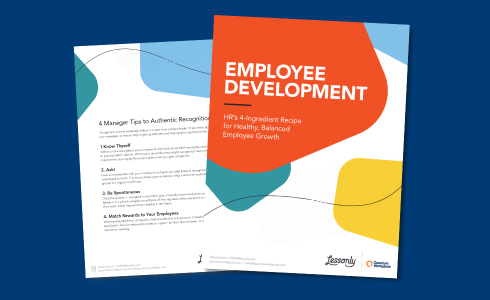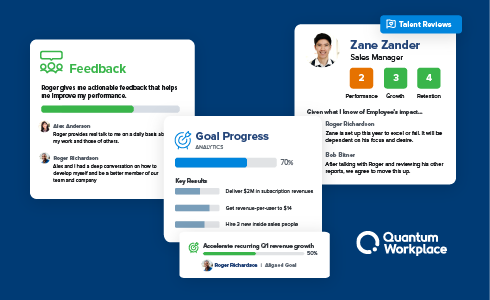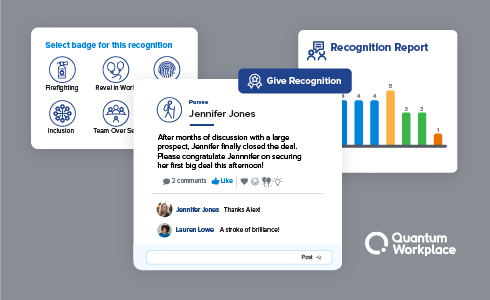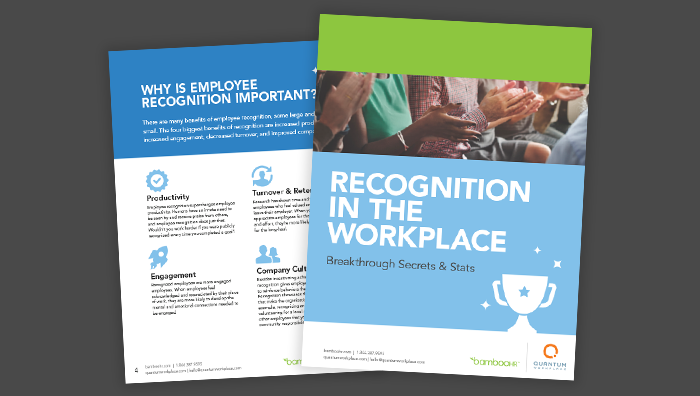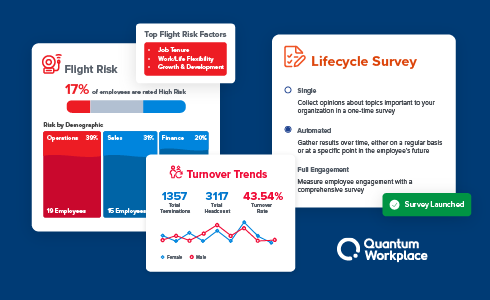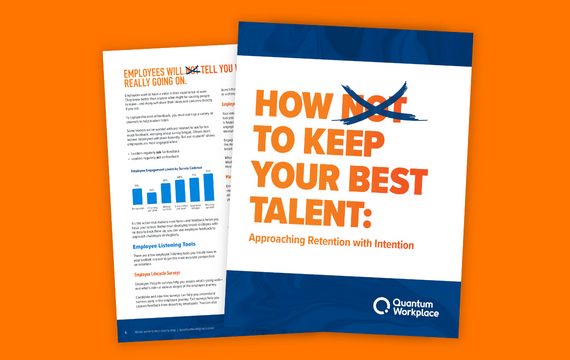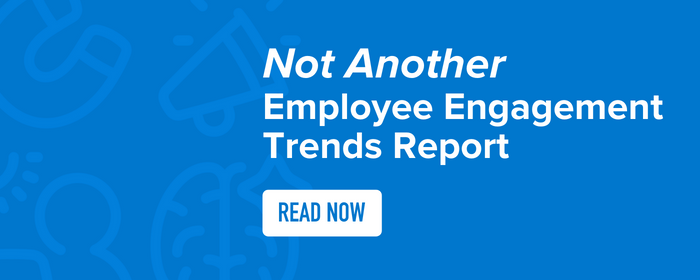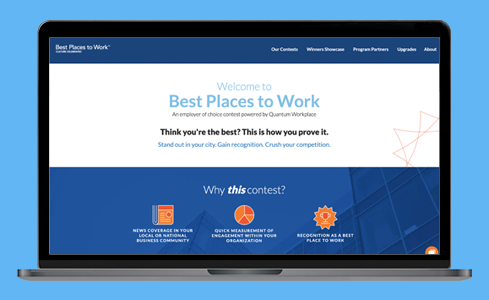How do you build a magnetic culture?
Organizational culture is how an organization gets work done. It’s how decisions are made, communication is received, feedback is given, and employees are celebrated. This culture exists whether it's intentionally formed or not. And it impacts every aspect of the organization.
Building a magnetic culture doesn’t happen overnight. It requires a continuous, ongoing pursuit of listening and acting on employee feedback from all levels to transform your organization into a top attractor of talent.
An engaging and successful culture is consciously established through:
- Recognizing and celebrating employees
- Investing in the development of your workforce
- Actively adapting retention strategies by pinpointing gaps in engagement
- Benchmarking against competitors to understand strengths and opportunities of EVP
Watch our webinar with Lighthouse Research to learn more about the intersection of performance, engagement, and retention in building a magnetic culture.
















